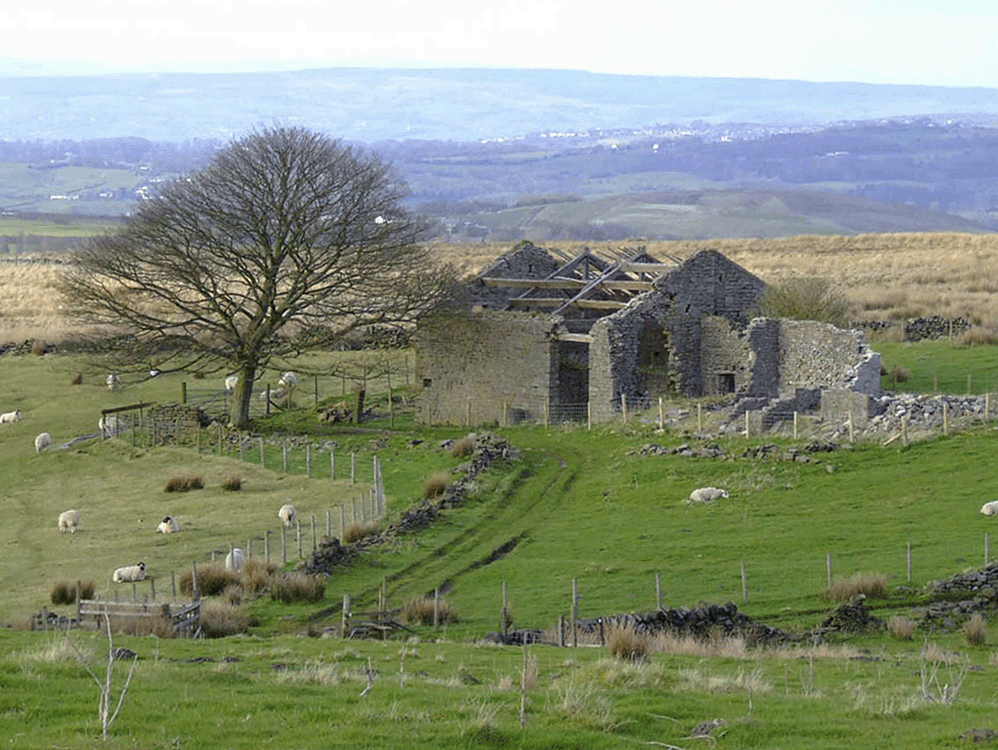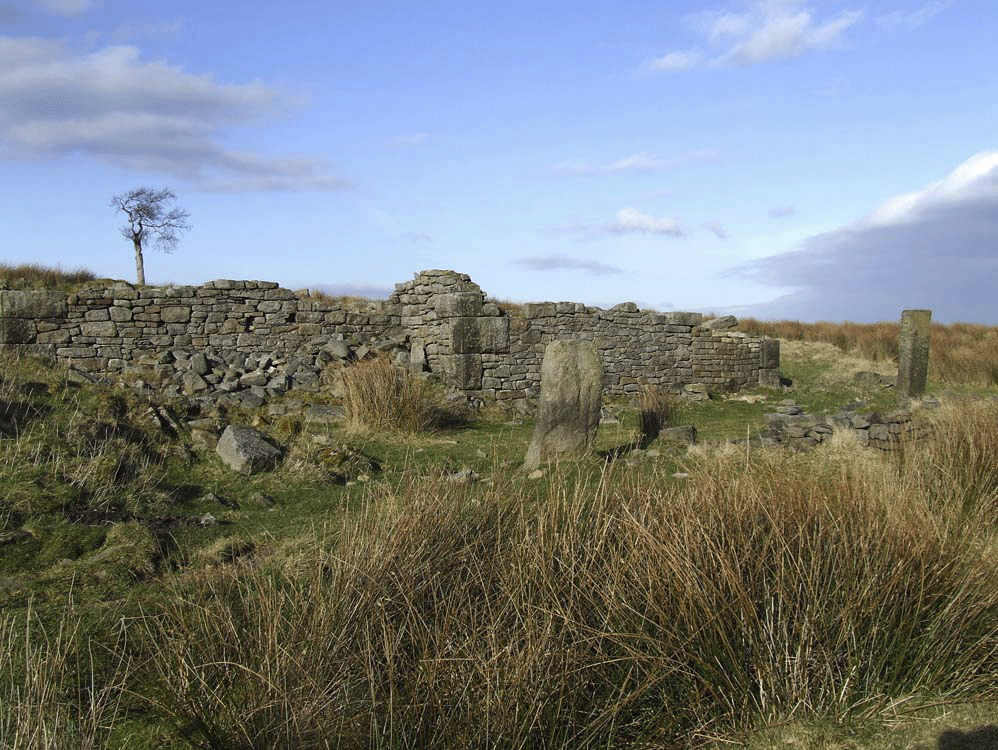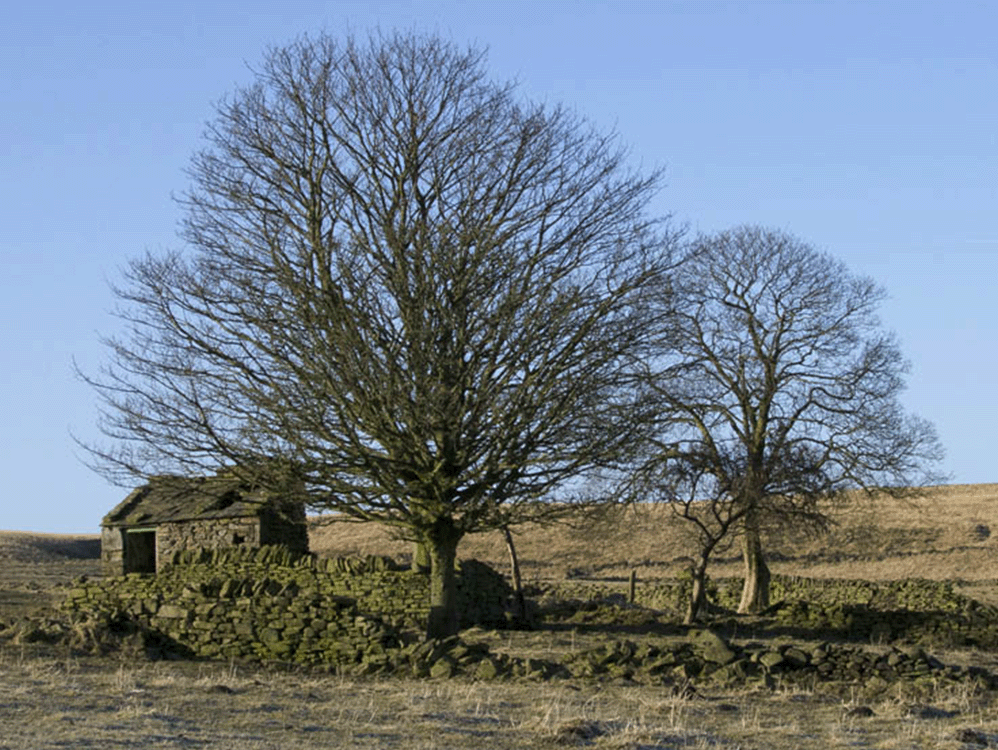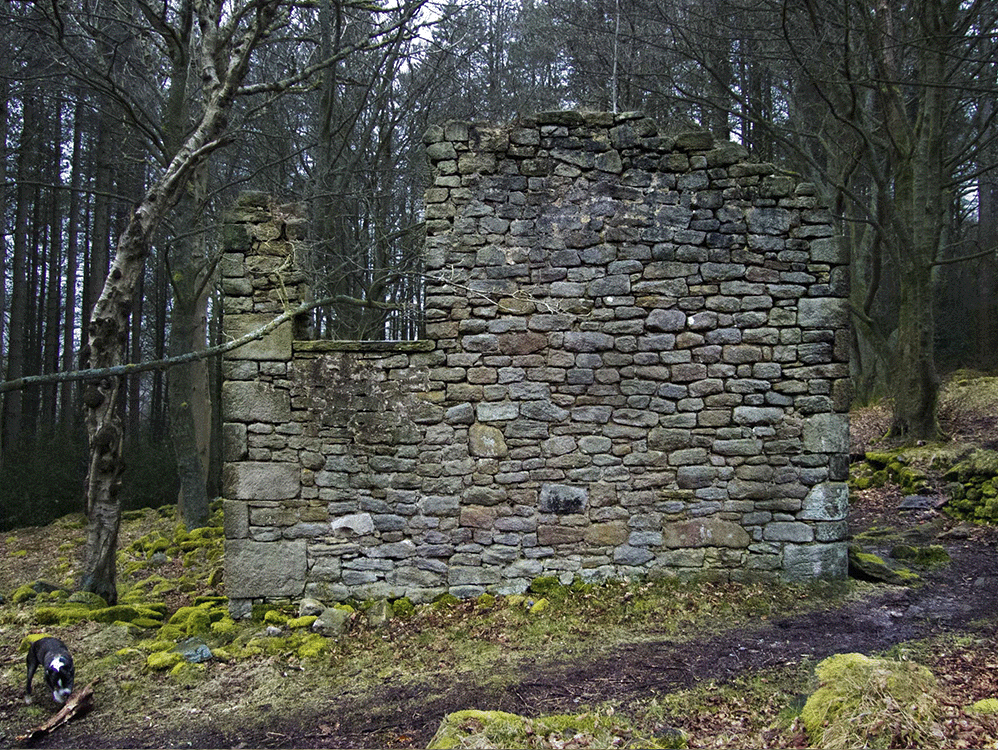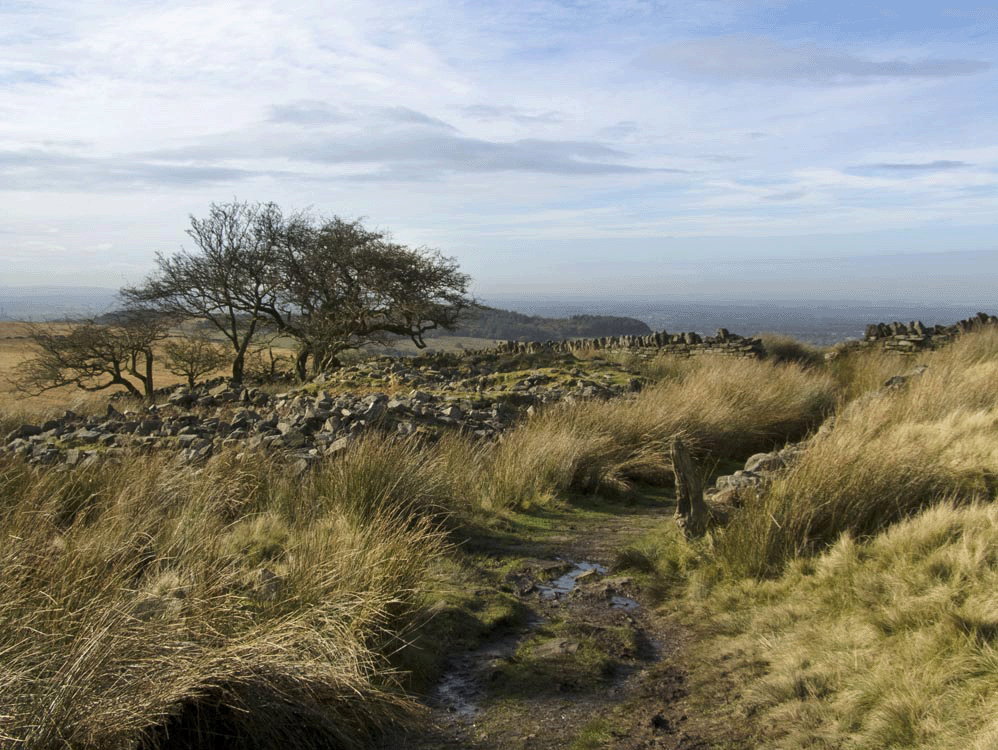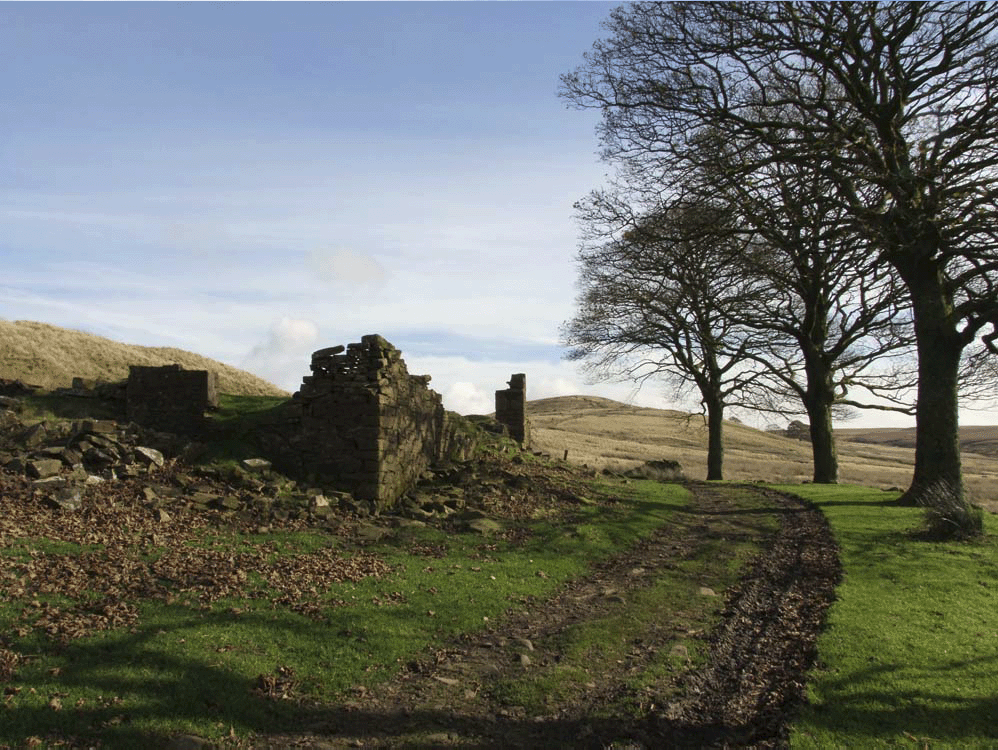The ‘Lost Farms’ consist of nearly 50 farm ruins, all traditional stone longhouses, originally built in the 17th and 18th centuries on Brinscall Moor.
This project was inspired by David Clayton’s book, ‘The Lost Farms of Brinscall Moors’ and funded by Historic England’s Everyday Heritage grant. The project aims to record oral histories and old photographs of the farms to ensure that memories of this way of life are not lost forever.
The majority of the ruins are now little more than low piles of stone that show the outline of the building but there are a handful that are more complete as they were occupied for longer.
The project has focused on these for obvious reasons but there is a wealth of information and family history associated with all the ruins available in David Clayton’s book. There is also an excellent website detailing all the locations of the ruins with lots of photos at: http://www.white-coppice.
To read more about a particular farm and to hear the oral histories associated with each, click on the images below. This website is currently a work in progress so material will be added over the coming months.
The lost farms of Brinscall Moor on BBC Countryfile
BBC – Countryfile season 23 episode 5, first aired 12th April 2012
About the lost farms of Brinscall Moor
All the farms have a similar story – beginning life as smallholdings focused on Swadedale sheep farming, constructed as stone longhouses – a one room deep rectangle with 3 to 5 bays. Each farm would have a small kitchen garden, chickens, a few cattle and/or pigs and so on. Today, only 2 farms are needed to farm all the sheep on the moors (Baron’s Fold and Anglezarke manor) but 200 years ago there were 50 smallholdings doing the same job.
As families grew and industries developed, this simple way of life gradually became unsustainable and people naturally moved down into the towns to be closer to their jobs and to amenities. To set the seal on the fate of the farms, there was a typhoid outbreak in 1895 in Kent, which prompted the Government to recommend that all the local water boards took measures to ensure a clean water supply. As a result, between 1898 and 1902, the moors were taken over by a compulsory land purchase by Liverpool Corporation Waterworks Department (later North West Water and then United Utilities). All the farms had outdoor loos and livestock that could potentially cause sewage to drain into the water feeding into the reservoirs. The water board planted trees to reduce surface water runoff and did not renew any of the tenancies. As farming families left, the buildings were pulled down to prevent reoccupation. Today, the woods and moors are littered with the stone ruins of these farmhouses (plus two Victorian manors – Blackhurst and Heather Lea) that are poignant reminders of a largely forgotten way of life.
We hope you enjoy learning more about the Lost Farms of Brinscall Moors from these pages.
Thank you to everyone who has contributed to the project in any way- Historic England and Withnell Parish council for funding the work, all the people who supplied memories and photos and all our volunteers for giving their time.


